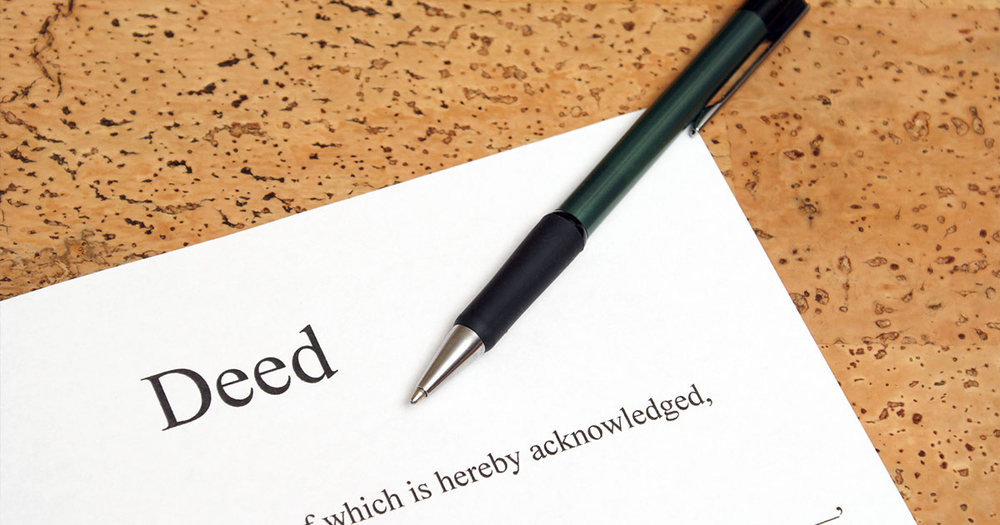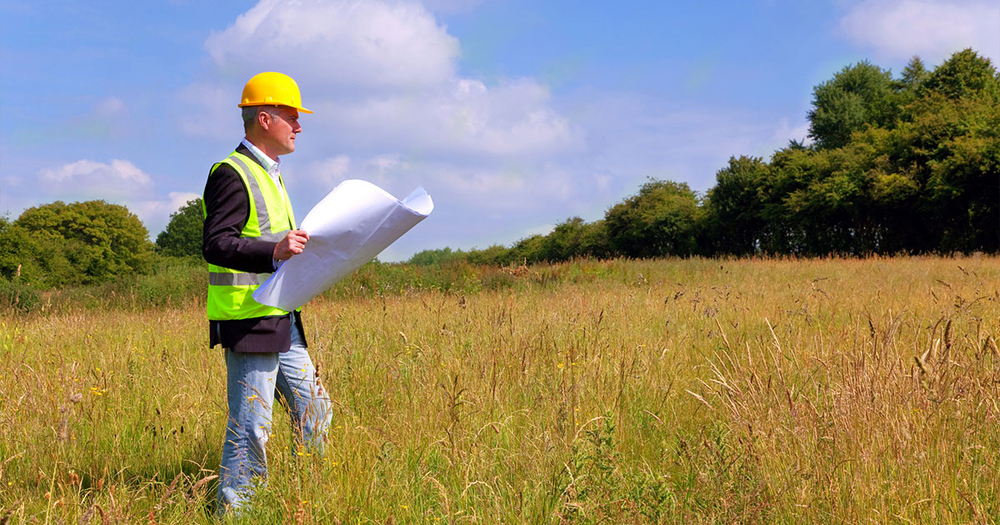
Property owners generally have an idea of where their property begins and ends. Most of the time, a rough idea of these property boundaries is sufficient. However, sometimes a knowledge of the precise property lines is necessary.
Property lines are the points in geography that demarcate where one property ends and the next begins. If found properly, these property lines will hold up in a court of law as evidence for who has ownership and responsibility over the discussed piece of property.
There are a number of reasons that a homeowner would want to find their property lines.
Knowing the property lines is often helpful to resolve disputes over the boundary lines with neighbors. Whether you are building fences or sheds or doing construction on your house, you can run into trouble without assurance that you are acting within the bounds of your property, and not encroaching on a neighbor’s property. In the event that you run into disputes, a property survey that outlines the property lines will help to resolve this. Finding your property lines before encroaching on a neighbor’s property is the surest way to avoid a legal dispute.
Furthermore, property lines are helpful when the property is being bought and sold. Prospective buyers will often ask to see where the property begins so that they can anticipate how they use their land. Sellers who can provide that information will likely get a better rate on their sales. A property line encroachment, even if it is unknown, could prompt a title company to refuse insurance.
Finally, there are a number of other scenarios when property lines would be helpful. These include when property owners want to determine easements, adjoining properties, utilities, and zoning ordinances.
There are a number of ways to find your property lines. Choosing the best method will likely depend on your reason for seeking property lines, your budget, and the tools available.
The homeowner’s deed should include a legal description of the land. The deed’s description includes the property’s measurements, shape, and notable geographic features. In the case that the language is challenging to understand, a real estate agent can help translate.

A metes and bounds survey identifies property boundaries using geographic features such as trees, roads, or creeks. You can use a compass to follow the directions outlined in the survey. Metes and bounds surveys can be challenging to understand if they reference landmarks that no longer exist, such as trees that fell down or waterways that dried up.
Using the information listed on the deed, you can measure out the property lines using a tape measure, compass, and if possible, an assistant. When doing this, it is best practice to insert mark the property lines with stakes and then to measure the distance between the property markers. This way, you can confirm the distance between the stakes matches with the numbers on the deed.
Most mortgage lenders and title insurance companies require homeowners to have a property survey. In the case you cannot identify an existing property survey, reach out to these companies to ask if they have a copy on file.
Another option is to find an existing survey from the county or local municipality. The local zoning department often maintains public records of the property surveys. Seek the county clerk’s office, county assessor’s office, or in the land records department.
You can start with a search on the internet because some municipalities display property lines online through a plat map. If that does not work, you can go in person and search for a hard copy.
There may be steel bars that have been installed at the corners of your property during the previous land survey. Look to see if you can find these. They will often be thin iron bars staked in the ground. If they are not visible, then they may be buried. In that case, you can use a metal detector to determine their location and then dig them out.
This is not a legally reliable way of finding property lines. However, it can give you an idea of the boundaries even if it is not exact.
Be sure to call 811 and reach a local utility company before doing any digging. By requesting for the location of buried utilities before digging, you can ensure you will not accidentally dig up an underground utility line.
Download an app, such as LandGlide. Apps can use geographical information systems to determine property line information. LandGlide, free for the first seven days, covers 3,000 counties and over 95% of the United States.
Landgrid Map is another option. This app, which allows users to view over 149 million properties nationwide, has a survey editor that will allow you to create your own survey.
Hiring a licensed land surveyor is the only legally binding method to provide evidence of the exact dimensions of your property. Most states require licensure of professional surveyors, so it may be wise to check if the person you found is qualified.

A professional surveyor may charge several hundred dollars for their work. However, this is generally a wise investment because it can save money down the line.
There are many times when it is best for homeowners to know the exact dimensions of their property so they can pinpoint the property lines.
In these cases, you need to find property lines. There are many ways to do this, whether it is relying on existing surveys that have been taken in the past, physical markers that determine boundary lines, or new technology. If you would like to ensure your property lines uphold in a court of law, then paying for a professional surveyor to conduct the survey is the best solution.